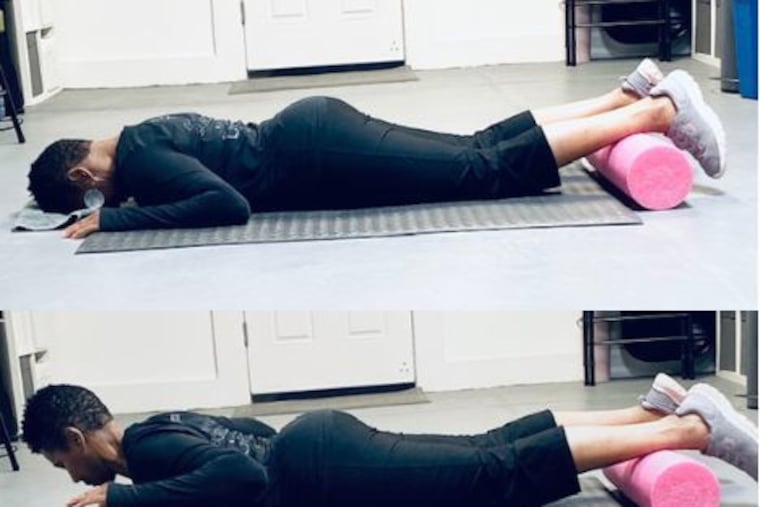Functional Fitness: How to get the most out of walking
If you have issues with vertigo, joint and muscle problems or balance problems, walking can be laborious and painful from head to toe. Let's go over exercises to Improve your gait and speed.

Most people have been walking from the time they were toddlers. Their parents didn’t have to break down the science of it; through trial and error and with lots of praise it happened. Walking especially involves flexible movement through the hips, knees, ankles and feet — but it’s a full-body movement.
But that doesn’t mean walking is always easy. If you have issues with vertigo, joint and muscle problems, or balance problems, It can be laborious and painful from head to toe.
Illnesses, accidents or just getting older can also affect your ability, motivation and confidence to pursue a nice walk in the park.
The surface where you walk, your pace, and your footwear all are factors in how successfully you navigate your next stroll, fast walk or jog. Some studies have found that walking barefoot strengthens the muscles in the feet over time. Other studies have shown that you need supportive, flexible footwear to protect and strengthen your ankles, feet and toes.
Lets go over four of the most common problems seen in walking, and exercises to help you overcome these imbalances so you can improve your gait and boost your speed and confidence:
Swinging your leg around to the side as you walk. This movement is a sign of weak or tight hip flexors that keep you from an efficient forward motion.
Forward-flexed posture. Leaning forward as you walk is common in people who’ve had back surgery. It’s also a sign of weak or tight hip flexors that make it hard to straighten up.
The solution for both:
Lie face down on a sturdy surface, feet elevated on foam roller or tightly rolled towel. Keep your arms bent, elbows close to the body and palms facing down as you would for a push-up. Lift your chest, arms and head while looking down so your neck stays relaxed. At the same time, keep your feet down on the roller or towel, and don’t let your knees and bottom move. Hold this for a count of 4, then release. Take a few breaths and repeat five times.
This exercise will strengthen the muscles in the back of the body, releasing the burden on the hip flexors and allowing for better posture and better gait.
Hiking your hip up and leaning to the side. This is caused by weakness in the muscles responsible for lifting your legs as you walk. Knee injuries can aggravate this problem.
The solutions:
Walk like Groucho Marx, aka crouch walking. With your hands behind your back. Bend your knees slightly while leaning forward slightly. Take five steps forward and five steps backward, maintaining normal breathing and pulling in your abdominal muscles to support your spine. Repeat four times, then take a break by bending over and reaching for your toes. Begin again, aiming for two rounds in total. This routine stretches the quadriceps, hamstrings and ankles, therefore helping to unlock the knees.
Posture retraining: Stand upright facing away from the wall. Place a small towel behind your head. Pull your shoulders back and press your head into the wall. Try to get as much of your body on the wall, pulling your shoulders back. Hold this position for three deep breaths, then release and repeat three more times. This move helps to strengthen the muscles in the back and hips, easing muscles in the front of the body that can get overused.
“Step to walking” pattern. This is the most common gait abnormality, and happens when one leg is weaker than the other, so instead of taking a full step forward with that weaker leg, you place that foot next to the standing foot, and let the stronger leg do all the work of propelling you forward. Not only does this slow you down and make you unsteady, it often leads to shuffling, where you barely raise each foot at all.
The solution:
Stand next to a chair or wall for support. Step over a small item such as a yoga block forward and backward with the weakest leg. This helps to improve the strength in the hip and top of the leg so you can take a full step. Repeat this 10 times. Then repeat. No need to practice on the stronger leg — your goal is to equalize the legs.
Practice each exercise at least every other day until you are walking with ease. Then consolidate your gains by continuing with a daily walking routine.
Yvonne Ferguson Hardin (Fergie) is the owner of Fergie’s Instructional Training FIT in Germantown, and specializes in helping older adults maintain and improve wellness.